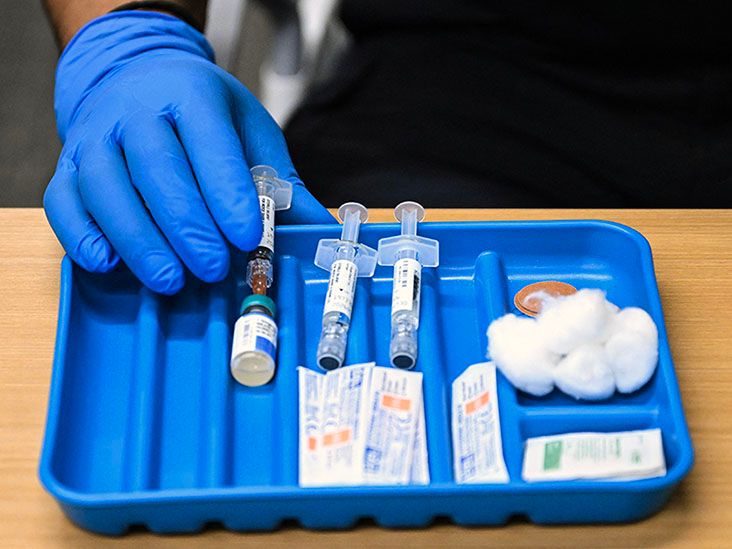Original Medicare plans do not provide vision coverage. Due to this, Part A and Part B do not cover contact lenses, but some Medicare Advantage (Part C) plans may offer this benefit.
Original Medicare has many benefits, covering a range of services and treatments. However, eyesight coverage is not included.
When people require corrective lenses, they may have to look for alternative options, and other Medicare plans may have some vision benefits.
Glossary of Medicare terms
- Out-of-pocket cost: This is the amount a person must pay for care when Medicare does not pay the total amount or offer coverage. Costs can include deductibles, coinsurance, copayments, and premiums.
- Premium: This is the amount of money someone pays each month for Medicare coverage.
- Deductible: This is an annual amount a person must spend out of pocket within a certain period before Medicare starts to fund their treatments.
- Coinsurance: This is the percentage of treatment costs that a person must self-fund. For Medicare Part B, coinsurance is 20%.
- Copayment: This is a fixed dollar amount a person with insurance pays when receiving certain treatments. For Medicare, this usually applies to prescription drugs.
Original Medicare parts A and B do not usually cover the cost of contact lenses, eyeglasses, or routine eye exams.
If a person has a Medicare Advantage (Part C) plan, they can check with their plan provider to see whether it covers contact lenses, as some plans have optical benefits.
As people age, they may experience changes to their vision.
Presbyopia can begin when someone is in their late 30s or early 40s. This means that it may become difficult to focus on things up close, and items or objects may appear blurry.
Some older adults may experience changes in visual acuity, such as:
- the eyes take longer to focus and adjust to varied light conditions
- loss of contrast sensitivity, which is when it is difficult to distinguish between slight variations in tone and color
- increased light sensitivity that could make everyday activities, such as driving, more challenging
Rod cells, which process light entering the eye through the pupil, are responsible for these visual challenges. Rod cells health is partly dependent on environmental factors, including:
- nutrition
- smoking
- prolonged sun exposure
Medicare may cover some types of eye care, and where coverage is available, a person must obtain contact lenses or eyeglasses from a Medicare-enrolled supplier only.
If a person is 65 or older, it is important to visit an ophthalmologist for an exam at least once every 2 years. The ophthalmologist will check for any age-related eye diseases.
Glaucoma
According to the
- people over 60, especially Hispanic and Latino people
- African American people over the age of 40
- people with a family history of glaucoma
A person may also be at a higher risk of glaucoma due to diabetes or a family history of glaucoma.
Testing for glaucoma is available through Part B, and a 20% coinsurance applies, along with any outstanding deductible.
Diabetic retinopathy testing
If a person has diabetes, Medicare Part B may cover a yearly eye exam. The exam must be performed by a Medicare-approved eye doctor who is legally allowed to conduct it in the state. Any remaining deductible and a 20% coinsurance will apply.
Macular degeneration testing
If a person has age-related macular degeneration, Medicare Part B may cover diagnostic tests and some injectable prescription drugs to treat the disease.
If an individual receives treatment as an inpatient at a hospital, the Part A deductible will apply. For stays exceeding 60 days, a person must also pay a copayment.
Cataract surgery
Medicare Part B may help pay for corrective lenses if a person has cataract surgery to implant an intraocular lens.
Medicare-covered corrective lenses include one pair of eyeglasses with standard frames or one pair of contact lenses.
Out-of-pocket costs will apply, and there may be additional costs for upgraded frames.
Dilated eye exams
Eye doctors perform dilated eye exams to check for several diseases and check a person’s vision. The test is straightforward and should not involve any pain — the NEI considers it one of the best ways to maintain eye health.
Experts recommend that adults ages 60 and over have a
The
- eating a balanced diet that includes fish that is high in omega-3 fatty acids and dark, leafy greens
- maintaining a moderate weight
- managing diabetes
- wearing sunglasses and a hat with a brim when outdoors
Regular exercise
The eyes require healthy blood circulation and oxygen intake, which improve through regular exercise. An older adult may try walking, yoga, or gentle stretching as an effective way to maintain physical health.
Adequate sleep
Over the course of a day, irritants can get into the eyes. These include:
- dust
- pollen
- smoke
- makeup
- dropped eyelashes
- chemicals from household products
- certain fragrances
As a person sleeps, their eyes are continuously lubricated, helping to soothe and restore the eye and remove irritants that have accumulated during the day.
Original Medicare does not cover the cost of contact lenses, eyeglasses, or routine eye exams.
Medicare Part B may cover glaucoma tests, macular degeneration tests, diabetic retinopathy tests, and cataract surgery, which may sometimes include lenses.
A person can protect their eye health by getting plenty of sleep, exercising regularly, managing their weight, and visiting their ophthalmologist and primary care doctor regularly.


